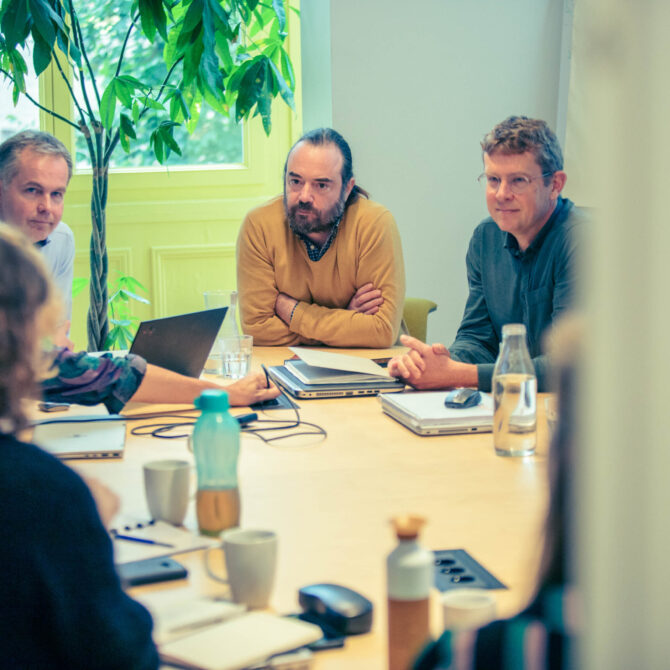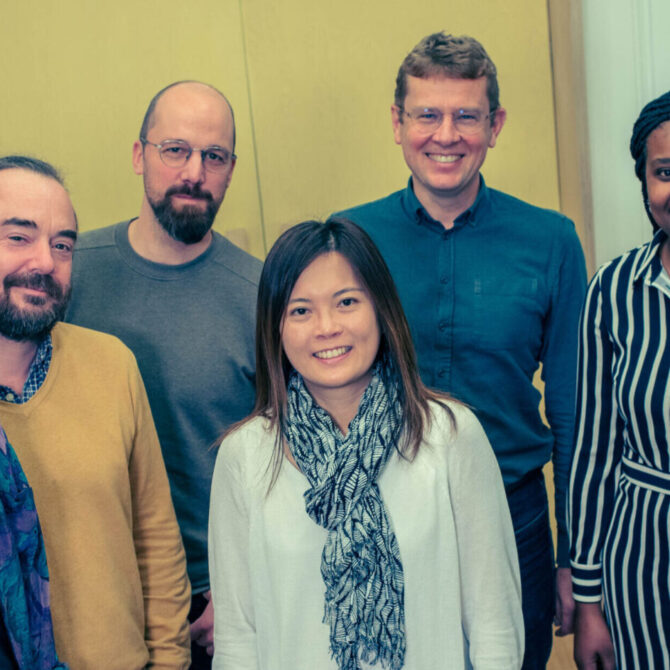It was late September 2015, at the Sustainable Development Summit of the United Nations in New York. All 193 UN Member States unanimously endorsed Resolution 70/1, Transforming our World: The Agenda 2030 for Sustainable Development. The Sustainable Development Goals (SDGs) were born.
In what may have been the most inclusive process in the history of the UN, sectors from all over the world collaborated on the development of the SDGs, a common set of goals for society to achieve sustainable development.
According to the UNDP, the SDGs constitute “a universal call to action to end poverty, protect the planet, and ensure that by 2030 all people enjoy peace and prosperity.” The ultimate objective: a good life for all, within the limits of our planet.
Today, the SDGs are widely adopted by governments, civil societies, and organisations worldwide. And companies would do well not to ignore the SDGs in their business strategy but use them as a basis to develop sustainability.
But how do you start to integrate the Sustainable Development Goals in an organisation? And what exactly is the difference between the SDGs and Corporate Social Responsibility?
We will explore the SDGs, explain the difference with CSR, and give you a quick overview of the steps to start incorporating them in your sustainability strategy.
Understanding the Sustainable Development Goals
To start off right, it is important to get familiar with the SDGs. There are 17 global objectives with 169 underlying goals. They aim to tackle the following societal and environmental challenges by 2030:
The big value of the SDGs is that they offer society and all its actors a common framework of action. It also enables governments and companies to communicate more consistently and effectively with stakeholders about their impact and performance.
SDG versus CSR
CSR, or corporate social responsibility, and SDGs are often seen as synonymous. In fact, they are complementary.
CSR, sometimes referred to as Corporate Responsibility (CR), considers an organisation’s responsibility for the impact of its activities. It’s an inside-out analysis, whereby companies start from their activities, services, and products and consider each of their impacts on society.
With the SDGs, it’s exactly the other way around. The goals are set, and the question is how a company or organisation can contribute to achieving them. It’s outside-in, with the goals often having a larger scope than what lies within the sphere of influence of an organisation.
CSR is a precondition for developing a good SDG strategy.
While realising the SDGs is a common goal for achieving an inclusive and prosperous world, it does not address all the possible impacts an organisation may have. For instance, beyond caring for the wellbeing of employees, a company can also reduce any hindrance to communities – think of noise, odour, or dust. Community engagement is not specifically an SDG topic. In the agro-industrial sector, animal welfare is another important point of attention in addition to topics like food safety.
Some of these impacts, when not addressed, may even counteract the realisation of the SDGs. A stressful work environment may discourage employees, for example, which would automatically reduce employee wellbeing.
A more classic CSR approach is therefore still the necessary first step towards the implementation of SDGs. And when ambitious, an organisation’s CSR approach may already contribute significantly to the SDGs.
Moving towards an SDG strategy
Before 2015, sustainability strategies were typically CSR strategies. But since the conception of the SDGs, companies and organisations have been increasingly using SDGs as the common framework for sustainable development and for communicating on sustainability.
There have been different maturity levels in adopting the SDG framework:
- Cherry picking approach: organisations select SDGs that not necessarily lead to the biggest impact.
- Chameleon approach: organisations disguise CSR strategies as SDG strategies.
- Extension approach: organisations extend their existing CSR strategies by including several SDG actions.
- Integrated approach: organisations build on responsibility and contribute to the SDGs with positive impacts.
The fourth approach, whereby organisations integrate the SDGs into their overall strategies, is logically preferable if we truly want to transform business activities into catalysts for positive change. To do so, it is required to define priorities both from an inside-out and an outside-in perspective.
Setting priorities
Finding out what the most relevant SDGs are for a specific organisation is an essential first step in developing an integrated strategy.
Even though the SDGs are one global agenda with interconnected objectives, an organisation’s specific business activities and location dictate which specific goals are most pertinent to act upon.
Some organisations may consider the SDGs too complex or far-fetched to move forward with. For example, a technology company in Western Europe may wonder how its business activities can contribute to SDG 2 “Zero hunger”. While the question is certainly interesting, the company can more significantly contribute to SDG 12 “Responsible consumption and production”.
Prioritising a specific SDG does not contradict the potential of an organisation to contribute to all the SDGs. As all Goals are interconnected, contributing to the realisation of one may have a positive effect on another one. Furthermore, prioritisation shows where SDG action is necessary based on the potential scope of the impact but doesn’t prevent an organisation to freely contribute to all other SDGs.
To help organisations build a more comprehensive view on which SDGs to act upon, Sustenuto has developed an SDG prioritisation tool. This tool provides detailed insight into the possible contributions by any organisation to each of the 17 SDGs and underlying targets. Mapping priorities for the SDGs is the first step to maximise positive impact.
The SDG prioritisation tool is freely available via this link.



